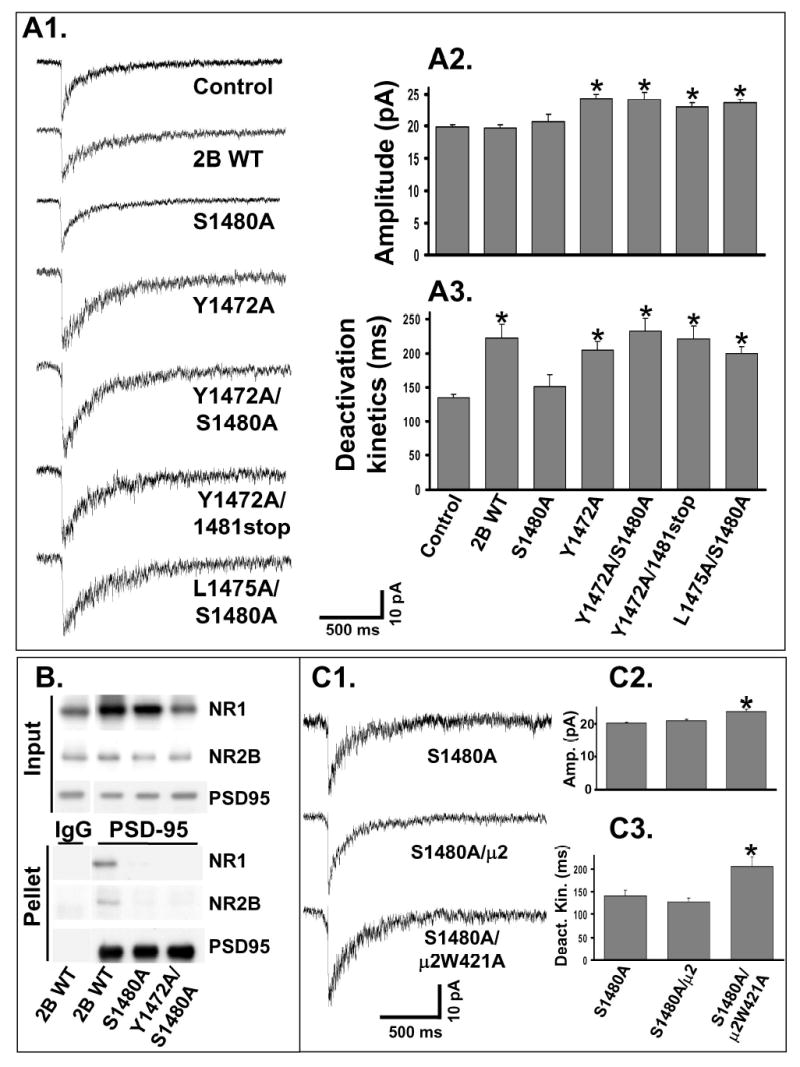Figure 2. Normal PDZ binding is not necessary for the synaptic localization of NR2B-containing NMDARs if AP-2 binding is blocked.

A1: Representative NMDA-mEPSCs were recorded from individual control or transfected CGCs. Y1472A/S1480A, L1475A/S1480A and Y1472A/1481stop (lacking the last amino acid of NR2B) represent double mutations in NR2B.
A2: Average of the NMDA-mEPSC amplitude from multiple CGCs. Expression of NR2B WT (n = 15) or S1480A (n = 16) did not alter NMDA-mEPSCs amplitude compared to control (n = 25). Expression of Y1472A (n = 20), Y1472A/S1480A (n = 15), Y1472A/1481stop (n = 12) or L1475A/S1480A (n = 19) significantly increased NMDA-mEPSCs amplitude compared to control (ANOVA, *=p<0.05).
A3: Average of the weighted time constants of decay (τw). Expression of NR2B WT, Y1472A, Y1472A/S1480A, L1475A/S1480A or Y1472A/1481stop significantly slowed the NMDA-mEPSC deactivation kinetics compared to control (ANOVA, * = p<0.01). Expression of S1480A did not alter NMDA-mEPSC deactivation kinetics compared to control.
B: Deoxycholate solubilized samples from HEK 293 cells were incubated with anti-PSD-95 antibody or non-specific IgG coupled to Protein A agarose. Input and pellet samples were used for Western blot. Images are representative of 3 independent experiments.
C1: CGCs were transfected either with S1480A alone or together with the μ2 WT or μ2W421A AP-2 subunits. Recordings were made at least 3 days after transfection, and representative NMDA-mEPSCs are shown.
C2: Averaged amplitude of NMDA-mEPSCs from multiple CGCs. Coexpression of μ2W421A with S1480A (n = 18) significantly increased NMDA-mEPSC amplitude (p <0.05, ANOVA). Coexpression of μ2 WT with S1480A (n = 10) caused no change in amplitude compared to S1480A expression alone (n = 16).
C3: Average of the weighted time constant of decay (τw) from multiple CGCs. Coexpression of μ2W421A with S1480A significantly slowed the NMDA-mEPSC deactivation kinetics compared to S1480A alone (p <0.05, ANOVA). Coexpression of μ2 WT with S1480A caused no change.
